What is selective breeding and how does it work? Middle and high school students virtually visited Ohio’s Cooper Farms and heard from a breeding expert at Meyer Hatchery. They learned about how poultry is hatched and raised and what traits are desirable.
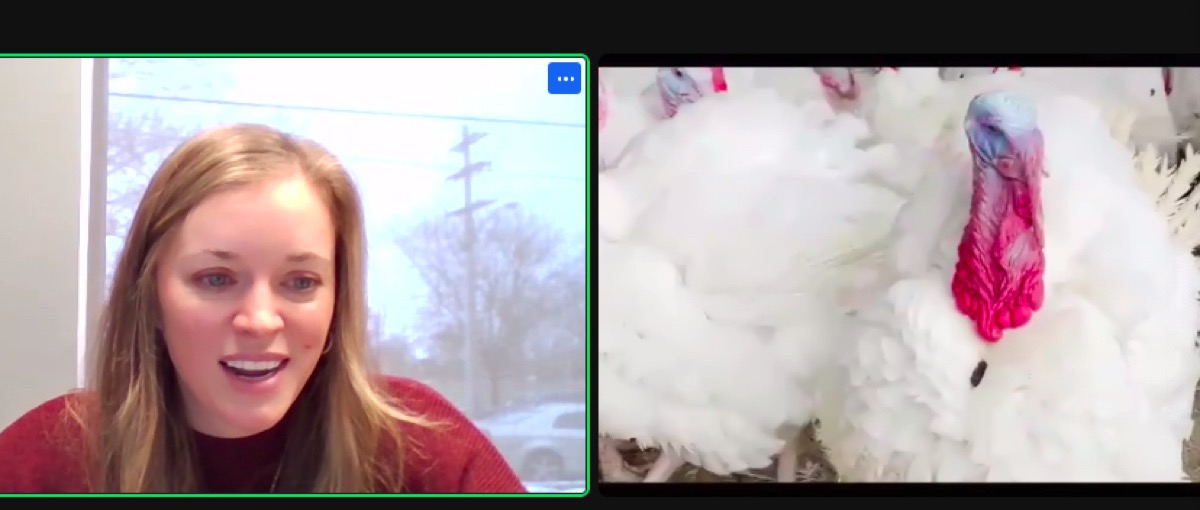
Jenna Gregorich, Bird Health Programs Manager at Ohio Poultry Association, hosted the virtual field trip. Gregorich explained to the audience how her job involves helping with testing and biosecurity. “This is critically important in the poultry industry. These are procedures we do daily to keep our birds safe and healthy,” Gregorich said. Participants saw the boot dip and special clothing worn to keep germs away from the birds.
Dr. Elise Gerken is a poultry veterinarian at Cooper Farms. She gave a tour of the facility, explained the process of bringing in the eggs and placing them first in the incubators and then into the hatchers. The eggs stay in the incubators for 25 days, then are moved to the hatcher baskets for the last 3 days. Being in the hatchers helps them to have room to break out of the shell. Some of the turkeys at Cooper Farms may end up as Thanksgiving turkeys, but some are processed into turkey sausage, turkey bacon, and lunch meat.
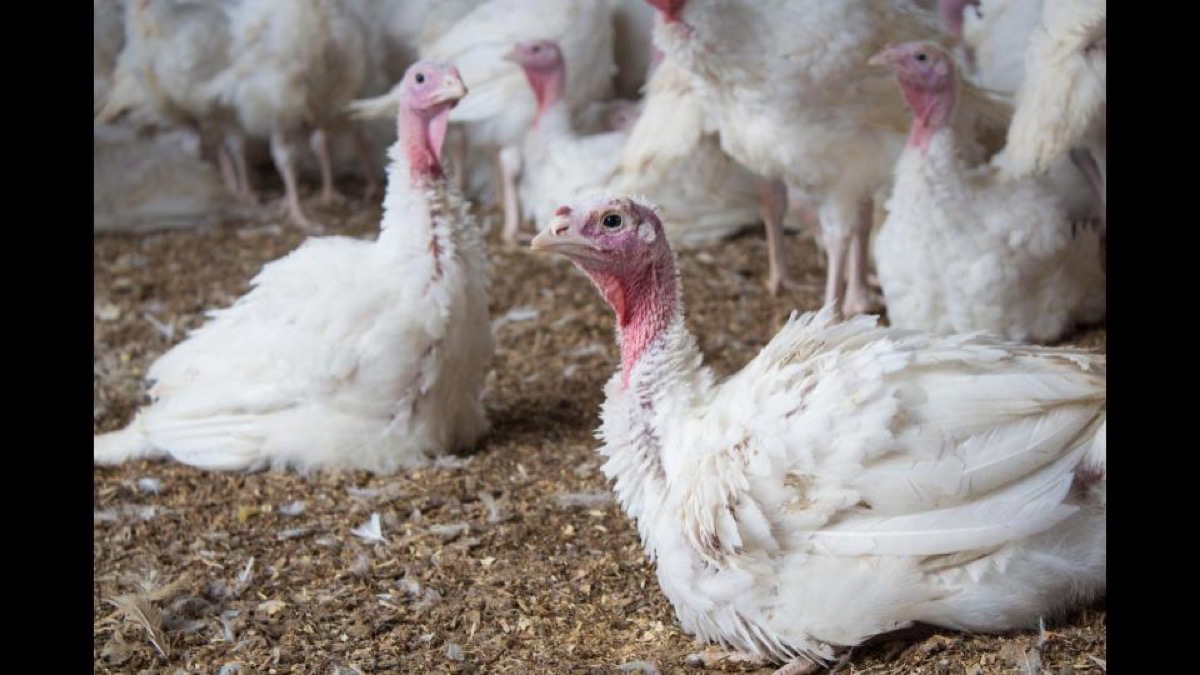
The poultry industry has developed today’s commercial hybrids based on consumer choice. Desired traits for turkeys include meat production, and for chickens, egg production. Another trait that is bred for is the feed conversion ratio: how much feed does it take to produce one pound of meat, or 1 egg? A turkey needs to eat about 2.5 pounds of grain to produce a pound of meat.
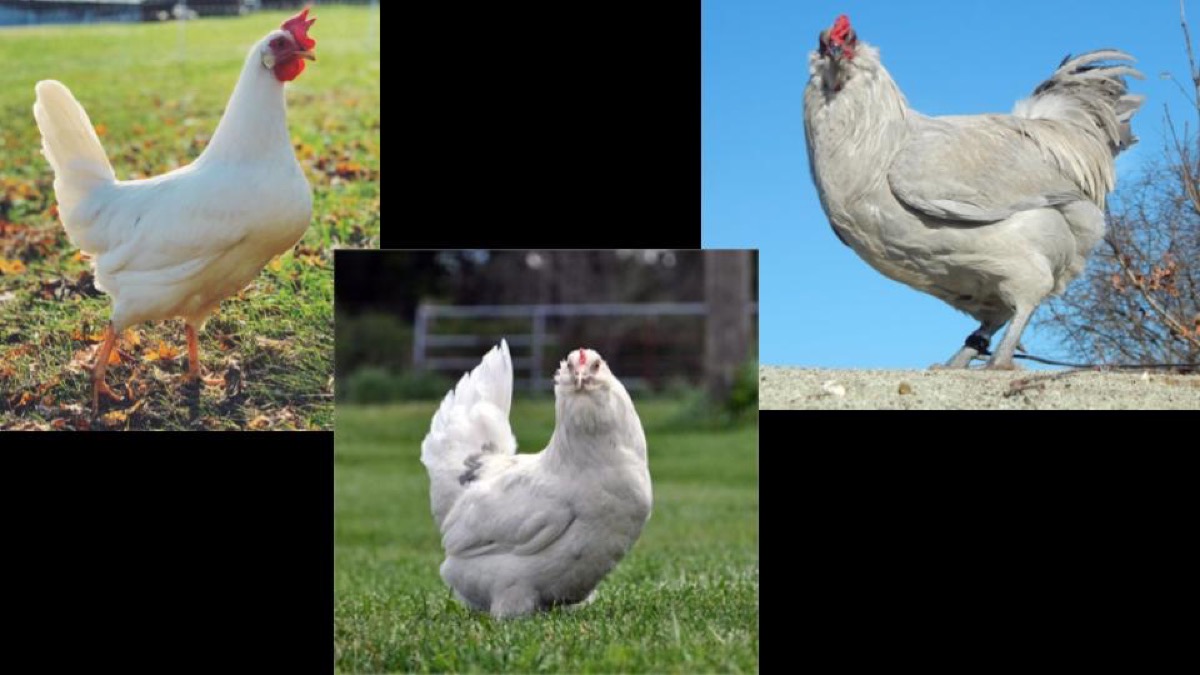
Alex Stephenson, breed expert at Meyer Hatchery, talked about traits in backyard flocks. These include size and frequency of egg laying. Crossing a White Leghorn chicken with a Rhode Island Red creates a smaller hen that eats less, yet lays large brown eggs on a regular basis. The Super Blue egg layer, seen above, is a cross between a White Leghorn and a Blue Ameraucana. The resulting bird is smaller and lays large blue eggs regularly. These hybrid chickens are made possible by selective breeding, as Stephenson explained, involving dominant and recessive genes.
Join us February 28 for the next Chickenology VFT, A Turkey’s Best Life Ever! to learn how environment influences trait expression.
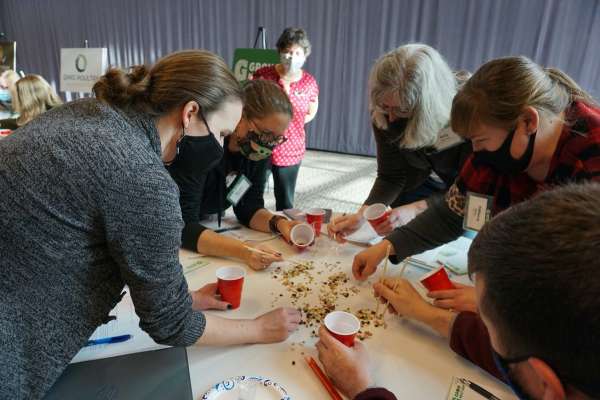
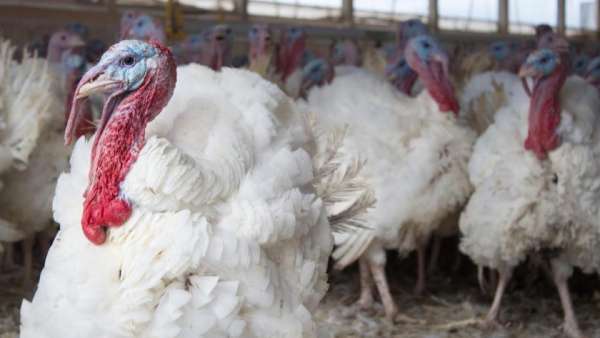


Share this